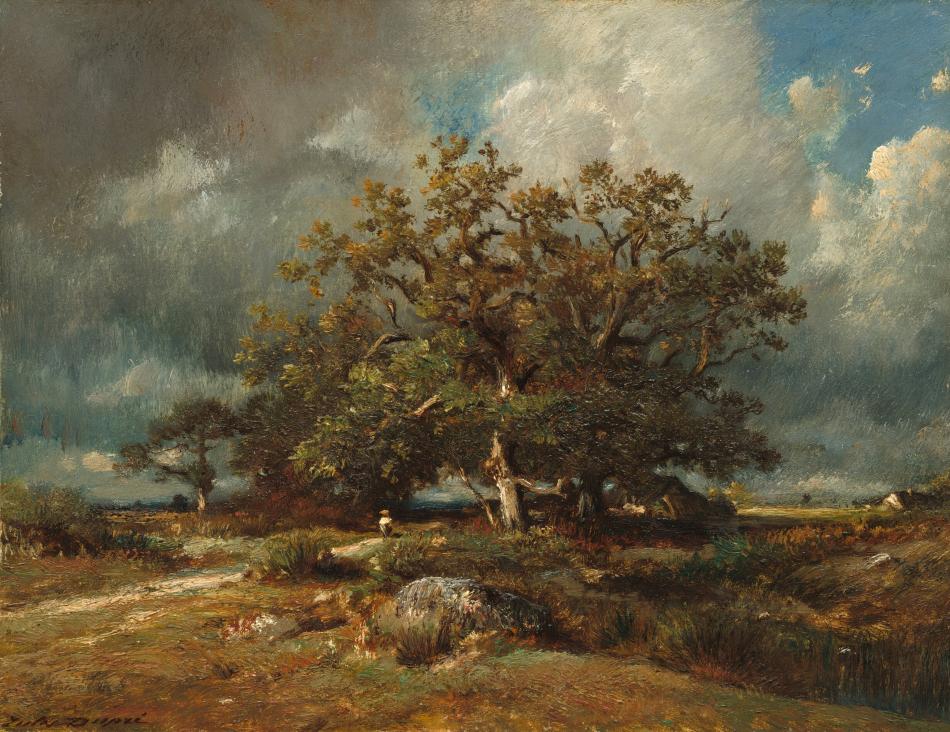Graft
2008-2009
Roxy Paine
Artist, American, born 1966

There is a leafless tree in the Sculpture Garden. Made of polished stainless steel by artist Roxy Paine, this tree literally outshines the natural beauty surrounding it. Yet, it is hardly natural in form or materials. Branches on one side soar skyward, while limbs on the opposite side are twisted. Graft, the title of this work, refers to the horticultural practice of joining the bud, stem, or root of one tree to another to repair or propagate it. The title might also be a pun referring to a form of political corruption.
Sculpture Garden, Southwest Quadrant
Artwork overview
-
Medium
stainless steel and concrete
-
Credit Line
-
Dimensions
height: 540 in. (1371.6 cm)
-
Accession Number
2009.109.1
More About this Artwork

Article: Portraits of Trees, a Favorite Subject of Artists
Many artists have painted, photographed, and drawn nature’s magnificent sculptures.
Artwork history & notes
Provenance
Commissioned 2008 by NGA; installed October/November 2009 in the NGA Sculpture Garden.
Associated Names
Bibliography
2010
Donovan, Molly. "Roxy Paine, Graft." Bulletin / National Gallery of Art, no. 42 (Spring 2010): 16-18, repro.
2021
Sturman, Shelley, and Molly Donovan. "The Artist as Primary Source of the Conservation of Contemporary Sculpture." Facture: conservation, science, art history 5 (2021): 174-202, 175 unnumbered fig. (detail), fig. 8.
Wikidata ID
Q63864429

